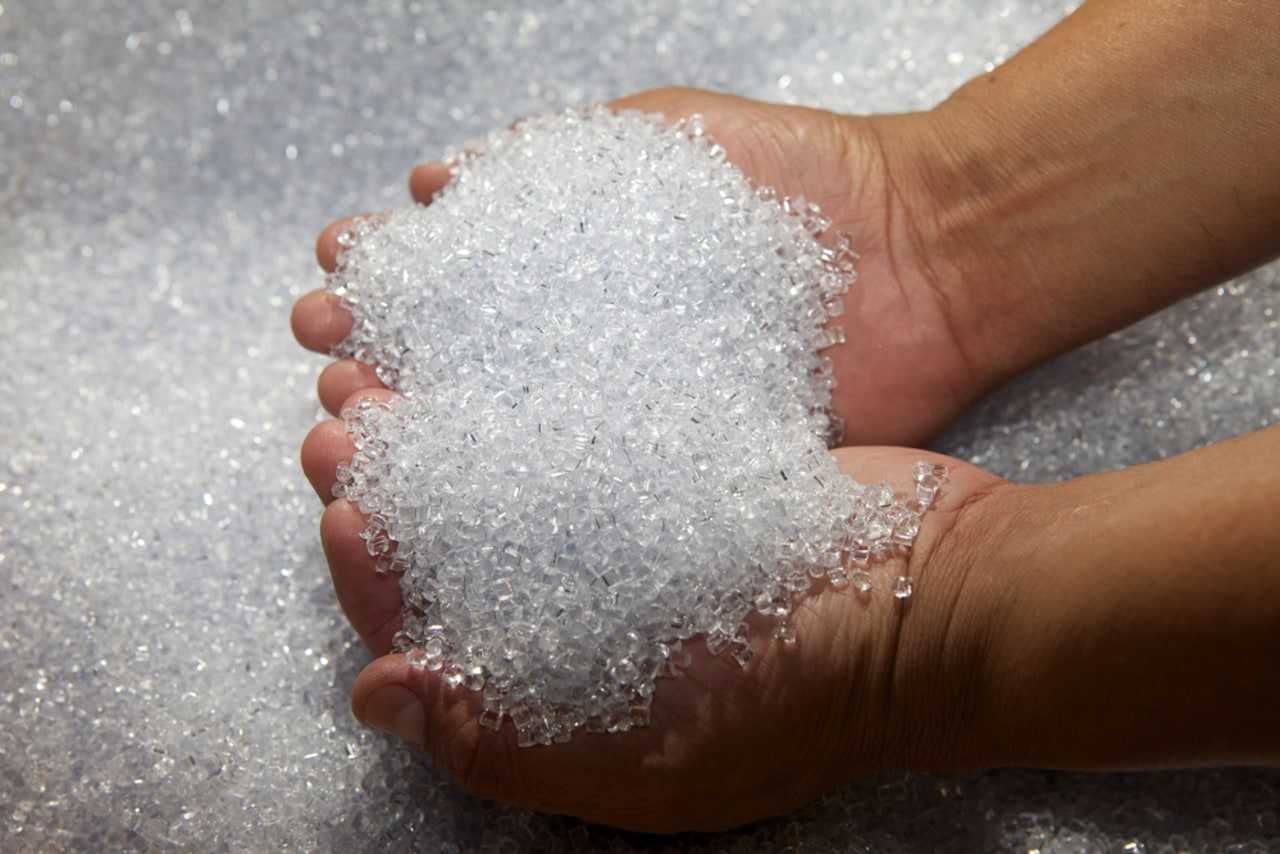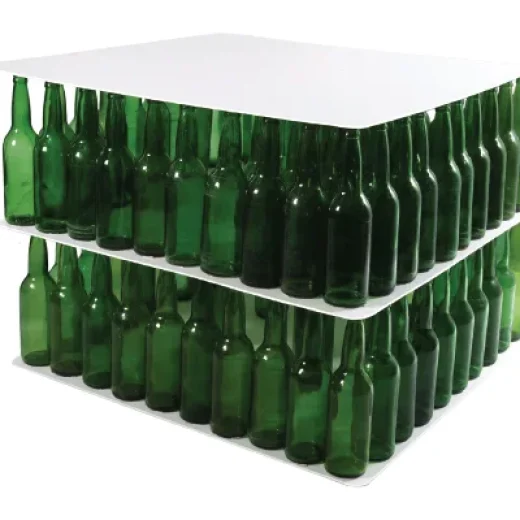Water bottles, garden chairs, car dashboards, and even food packaging have you ever wondered where all these products come from?
The answer might surprise you: they all start from small translucent or white granules called plastic pellets.
Plastic pellets are raw materials made from various polymers, such as Polypropylene (PP), Polyethylene (PE), and Polyethylene Terephthalate (PET).
To better understand their importance, let’s explore five fascinating facts about the origin, manufacturing process, and sustainability potential of plastic pellets.
1. Most Plastic Pellets Come from Petroleum and Natural Gas
The main raw materials for plastic production come from the same resources used to fuel our cars — crude oil and natural gas.
Through a process called distillation in oil refineries, these raw materials are separated into various components.
One of the most essential outputs is naphtha, a liquid that becomes the foundation for creating plastic molecules.
While most plastics are fossil-based, ongoing innovations aim to replace them with more eco-friendly alternatives.
2. They’re Formed Through a Process Called Polymerization
Once naphtha is extracted, the real chemistry begins. It’s broken down into smaller molecules called monomers, which are then bonded through polymerization — forming long, strong molecular chains known as polymers.
Each polymer type creates unique plastic pellets:
- PP (Polypropylene): Rigid, heat-resistant — used for food containers, car parts, and furniture.
- PE (Polyethylene): Flexible and lightweight — ideal for plastic bags, shampoo bottles, and toys.
- PET (Polyethylene Terephthalate): Clear, strong, and airtight — perfect for beverage bottles.
- PVC (Polyvinyl Chloride): Durable and versatile — used in pipes, cables, and window frames.
3. Now, Plastic Pellets Can Be Made from Renewable Resources
With rising environmental awareness, industries are shifting toward bioplastics — plastics made from renewable resources instead of fossil fuels.
Bioplastic pellets are made from corn starch, sugarcane, cassava, or even organic waste. One of the most well-known examples is PLA (Polylactic Acid), often used for biodegradable food packaging.
This innovation helps reduce carbon footprints and dependence on non-renewable resources.
4. Easy to Recycle — If Sorted Correctly
Not all plastics are created equal when it comes to recycling. Thermoplastics such as PP and PET are ideal because they can be melted down and reshaped into new products without losing much quality.
Proper recycling can cut energy use by up to 70% compared to producing new plastics from scratch — but only if the sorting is done correctly.
That’s why it’s essential to recognize the recycling codes (numbers inside the triangle symbol) printed on plastic products.
A great example of how plastic pellets can be turned into strong and sustainable products is ALVAboard’s PP Board, made from Polypropylene (PP) pellets.
ALVAboard’s PP Board is lightweight, durable, waterproof, termite-resistant, and reusable, making it an ideal eco-friendly alternative to disposable materials like cardboard or Styrofoam.
Want to learn more about how ALVAboard’s PP Board can benefit your business?
👉 Contact our team today for a free consultation!
Conclusion
Plastic pellets are incredibly versatile materials, but their reputation is often overshadowed by waste issues. In reality, when managed responsibly, plastics can play a crucial role in a sustainable future.
By understanding where they come from and how to use them wisely, we can harness the strengths of plastic without harming the environment.



